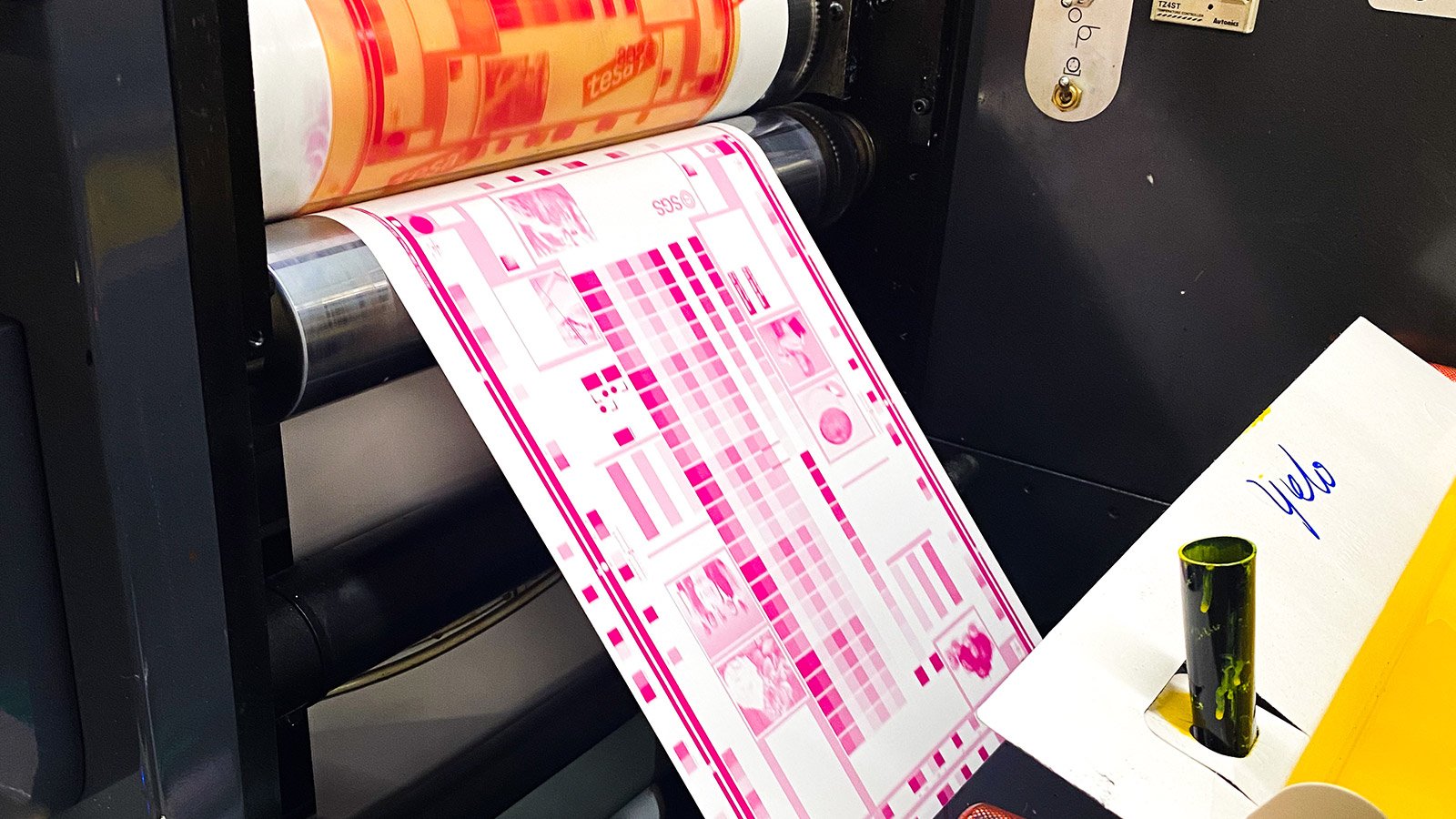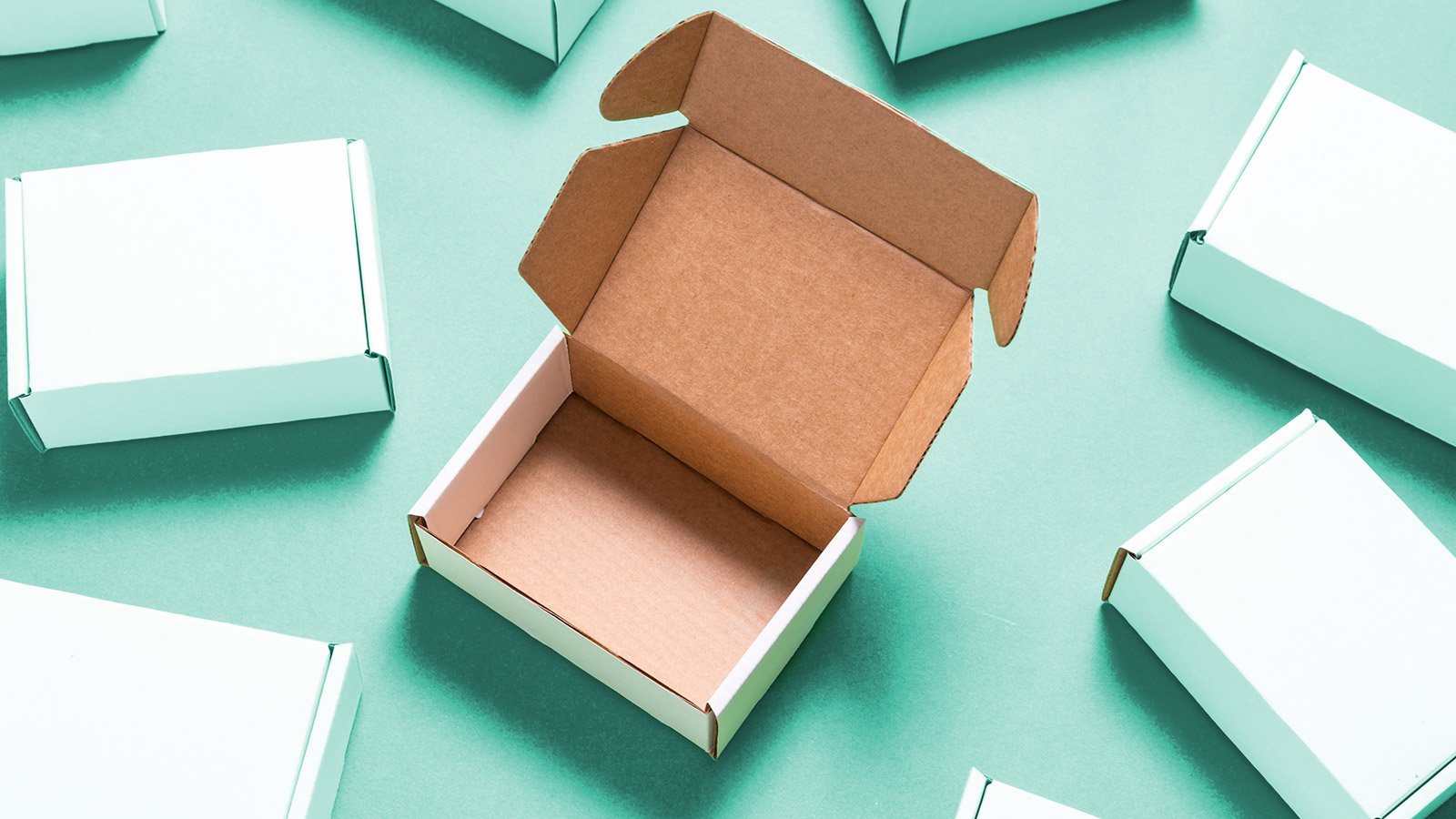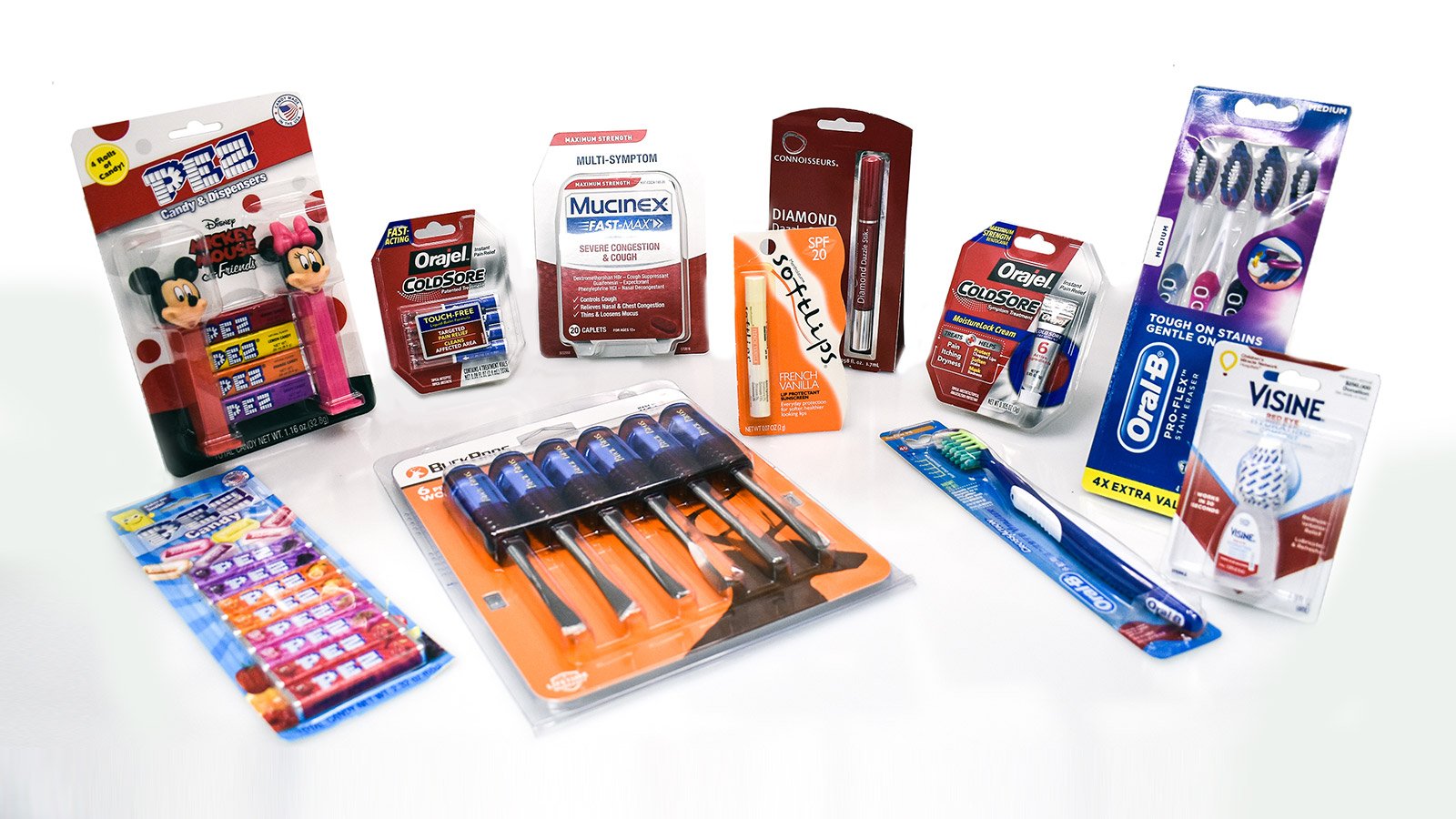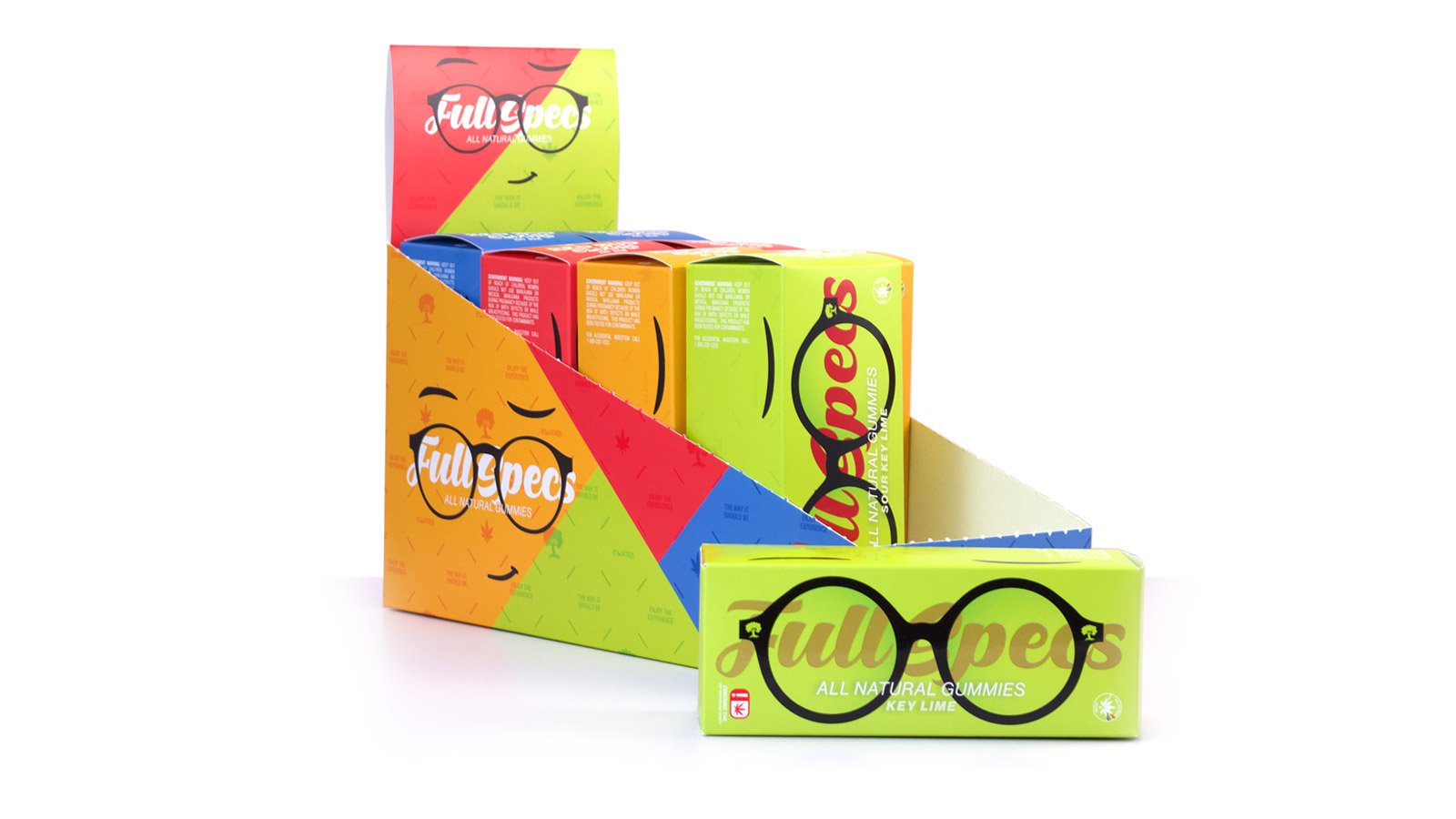Insights: Articles & Resources by Oliver Inc.

What Is Flexographic Printing & How Does It Work?
Sometimes, it works out that the name for a process expands to include definitions beyond its etymology. Take flexographic (“flexo”) printing. In this case, the flex refers to the flexible plates used in the printing process known as flexography. However, it might as well speak to the many applications flexo offers customers.
Flexographic printing can be applied to a variety of substrates: porous and non-porous materials, plastics, paperboards, cardboard, vinyl, and other sustainable alternatives. The process accommodates numerous inks and decorative effects that can be added inline. With precise die-cuts, it also enables intricate designs for custom labels.
Even with the rise in digital printing technology, flexography remains a consistent, quality, and efficient printing option for large-run jobs.
How Does Flexographic Printing Work?
Although flexography takes advantage of modern bells and whistles—ultraviolet (UV) lamps or infrared (IR) dryers, laser-cut dies, and sustainable inks and coating—the process traces its origins to printing press inventor Johannes Gutenberg himself.
The letterpress technique (repeatedly stamping an ink-covered, custom plate against sheets of a substrate) that made mass printing possible later evolved to accommodate uneven surfaces, just in time for the emergence of consumer packaging.
The first flexographic printing technique debuted in 1890, and it has evolved with the times. Today, the flexible plates are most commonly made from photopolymer material that bends around narrow cylinders.
The Flexographic Printing Process
- As the roll of substrate unwinds, the sheet passes through a series of printing stations.
- An anilox roller (made from steel or aluminum) with a surface etched with shallow wells dips into an ink fountain.
- The anilox roller is then wiped clean with a doctor blade to leave an even, consistent layer of ink.
- The ink is applied to the plated images.
- The substrate is then pressed against the plate, with an impression cylinder applying appropriate pressure, to transfer the image onto the surface.
- A series of UV lamps or IR dryers dry the ink prior to the next process.
Because flexography uses ink with low viscosity, it dries quickly, preventing smearing from one station to the next. Elaborate presses also feature multiple print stations. That means the printed image can be combined with specialty inks, coatings, foil stamping, die-cutting, and more.
Flexographic Printing for Commercial Labels
Once the presses are set up (creating the plates and preparing each printing station takes some time), you can print thousands of commercial labels with unique structures and combine them with a wide range of decorative effects. While some of these decorating techniques are now possible for digitally printed materials, the quality and consistency flexography offers make it the preferred process for long-run labels, and even those with short lead times.
Flexographic printing serves as an important resource, as commercial labels have exceeded their original practical purpose. They’re now a crucial part of marketing, in addition to providing vital information to consumers.
Your labels’ quality needs to shine through in retail and online settings, where they often serve as the primary visual cue for customers. Think of this in the context of the highly competitive health and beauty industry. Consumers associate elegant packaging with an elegant product.
To accomplish this, you could print on a special substrate, add a unique coating, or combine inline cold foil with embossing for a subtle, metallic look. Such decorative touches are most cost-effective with flexography.
Like a master chef working with various ingredients, flexographic printing displays remarkable versatility across substrates. From premium papers that give your luxury brands that perfect tactile finish, to specialized films that keep your products fresh and protected, flexo presses deliver consistent, eye-catching results that would make even a peacock jealous.
The quick set-up times and high-speed production capabilities ensure your commercial labels maintain pitch-perfect quality, whether you're running hundreds or millions. This harmonious blend of speed and precision makes it a cost-effective solution that doesn't cut corners on quality—because, in today's competitive market, your packaging needs to work as hard as you do.
Speaking of working hard, let's talk customization.
Industry-leading flexographic presses are like talented artists with an unlimited palette, offering you even more tailored options. From extended gamut printing that captures your brand colors with stunning accuracy to specialty inks that add that extra dash of luxury, your flexographic-printed labels won't just sit on the shelf—they’ll demand attention.
And here's something that will make both your marketing team and sustainability officer smile: Environmentally conscious printing and packaging partners use flexographic printing processes that employ water-based and UV inks, making it as kind to the environment as it is to your bottom line.
What’s the Right Printing Method for You?
Flexography is great for high-volume label needs, but it’s not always the best option. That, of course, depends on the nature of your project.
With no plates to create, and very little set-up of the machine, digital presses eliminate most of the make-ready hours required with conventional flexographic presses. It enables variable data printing, gives you access to extended gamut printing, and is ideal for extended content labels and instant redeemable coupons (not to mention short-run folding cartons).
Finding the right process is about understanding the full scope of your project. That’s where it pays to work with an experienced printer.
Oliver offers state-of-the-art flexography, offset, and digital printing options. In addition to those services, the Oliver team provides expertise in all things printing. From discussing your material choices to incorporating appropriate adhesives that prevent peeling over time, our experts will land on a solution that fits your preferences and budget.
Oliver’s Approach to Flexographic Printing
As with flexographic printing itself, every detail matters. Oliver understands that.
Animated by a sincere interest in our client’s success, our human-centric approach combines empathy and attention to detail to help you achieve the most with flexographic printing.
We’re going to ask you loads of questions to be certain we understand what you value and what you’re trying to accomplish. We’re serious about getting to know you and your customers.
Once we have a solid sense of what you're trying to achieve with flexographic printing, we’ll brainstorm design ideas together until we land on a vision that resonates with your brand. From working in nearly every commercial industry, we know one size doesn’t fit all. However, that experience helps us guide you toward a design that works well for your particular situation.
Oliver utilizes a secure digital platform to upload files and organize complex projects. Easy to access, this makes collaboration on flexographic projects safe and seamless. Furthermore, we have several facilities across the United States, so you can work closely with our team members who are just around the corner (more or less).
Lastly, we prioritize keeping communication open. So whichever part of the flexographic printing process you’re at, we’re available to ideate and problem solve. We’re here to ensure your packaging delights consumers as much as your products do.
Oliver Inc. is the nation's leading independent supplier of custom paperboard packaging solutions. Equipped with a commitment to excellence and advanced flexo printing technology, we are eager to help your brand integrate sustainability principles into your next packaging design. Contact us today to learn more.
Topics


